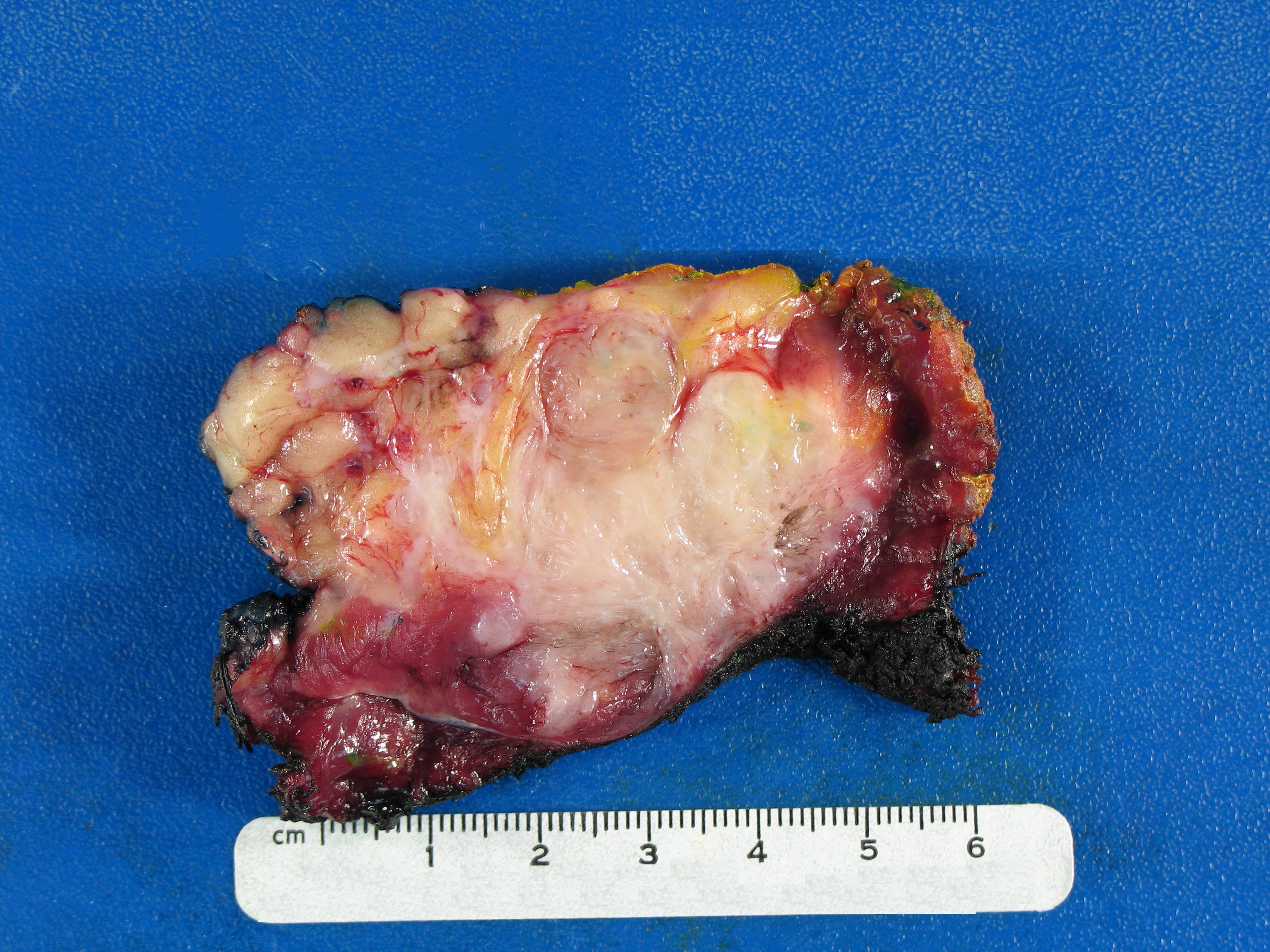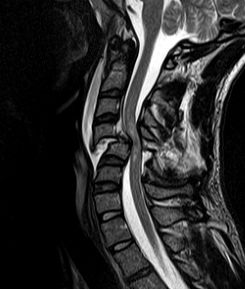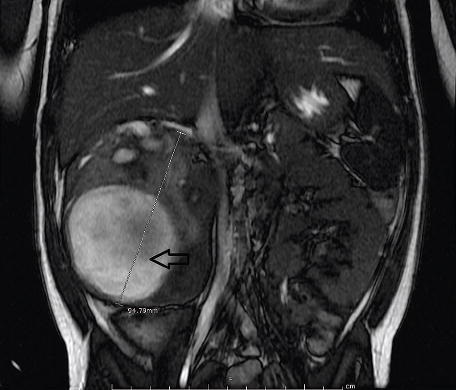How to treat and diagnose desmoids tumors?
 Although very rare, failure to diagnose and treat desmoids tumors, also called aggressive fibromatosis, a tumor that develops in the fibrous tissue that forms tendons and ligaments, can be medical malpractice. Desmoids tumors are very rare and difficult to diagnose and doctors are still debating what is the most appropriate categorization and treatment. In a recent article in the Washington Post, Sandra G. Boodman writes about a 24 year woman who suffered several episodes of excruciating stomach pain before being diagnosed and treated for a desmoid tumor.
Although very rare, failure to diagnose and treat desmoids tumors, also called aggressive fibromatosis, a tumor that develops in the fibrous tissue that forms tendons and ligaments, can be medical malpractice. Desmoids tumors are very rare and difficult to diagnose and doctors are still debating what is the most appropriate categorization and treatment. In a recent article in the Washington Post, Sandra G. Boodman writes about a 24 year woman who suffered several episodes of excruciating stomach pain before being diagnosed and treated for a desmoid tumor.
Johanna Dickson was 23 years old when the first symptoms of the disease occured. She had just come back from South Africa when she suffered a first episode of acute abdominal pain. She thought she caught some type of stomach bug in her last trip. The family doctor sent her to the hospital for various tests but nothing was found and the pain disappeared.
Another crisis happened six months later but it went away quickly so she didn’t even bother to see a doctor.
 New York Personal Injury Attorneys Blog
New York Personal Injury Attorneys Blog









